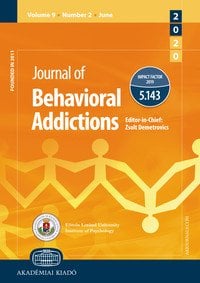Abstract
Background and Aims
Many individuals with substance use disorders (SUDs) present with co-occurring mental health disorders and other addictions, including behavioral addictions (BAs). Though several studies have investigated the relationship between SUDs and BAs, less research has focused specifically on compulsive sexual behaviour (CSB). Given that poly-addiction can hinder treatment outcomes, it is necessary to better understand the impact of co-occurring CSB and SUD. Therefore, the current study aimed to 1) determine the rate of CSB in a sample seeking treatment for SUDs, 2) identify demographic and clinical correlates of co-occurring CSB, and 3) to determine if co-occurring CSB impacts treatment outcomes for SUD.
Methods
Participants were 793 adults (71.1% men) ranging in age from 18–77 (M = 38.73) at an inpatient treatment facility for SUDs who were assessed for CSB upon admission into treatment. Participants completed a battery of questionnaires upon admission and at discharge to assess psychological and addiction symptoms.
Results
Rates of CSB were 24%. Younger age and being single were associated with greater CSB. Mental distress and addiction symptoms were higher in participants with CSB. Predictors of CSB severity included greater symptoms of traumatic stress and interpersonal dysfunction. Rates of treatment completion were similar between participants with and without CSB.
Discussion and Conclusions
These results highlight several clinical and demographic correlates of CSB amongst individuals in treatment for SUD. However, CSB was not associated with poorer treatment outcomes. Further identifying characteristics associated with CSB can help clinicians identify individuals who may be at higher risk.
